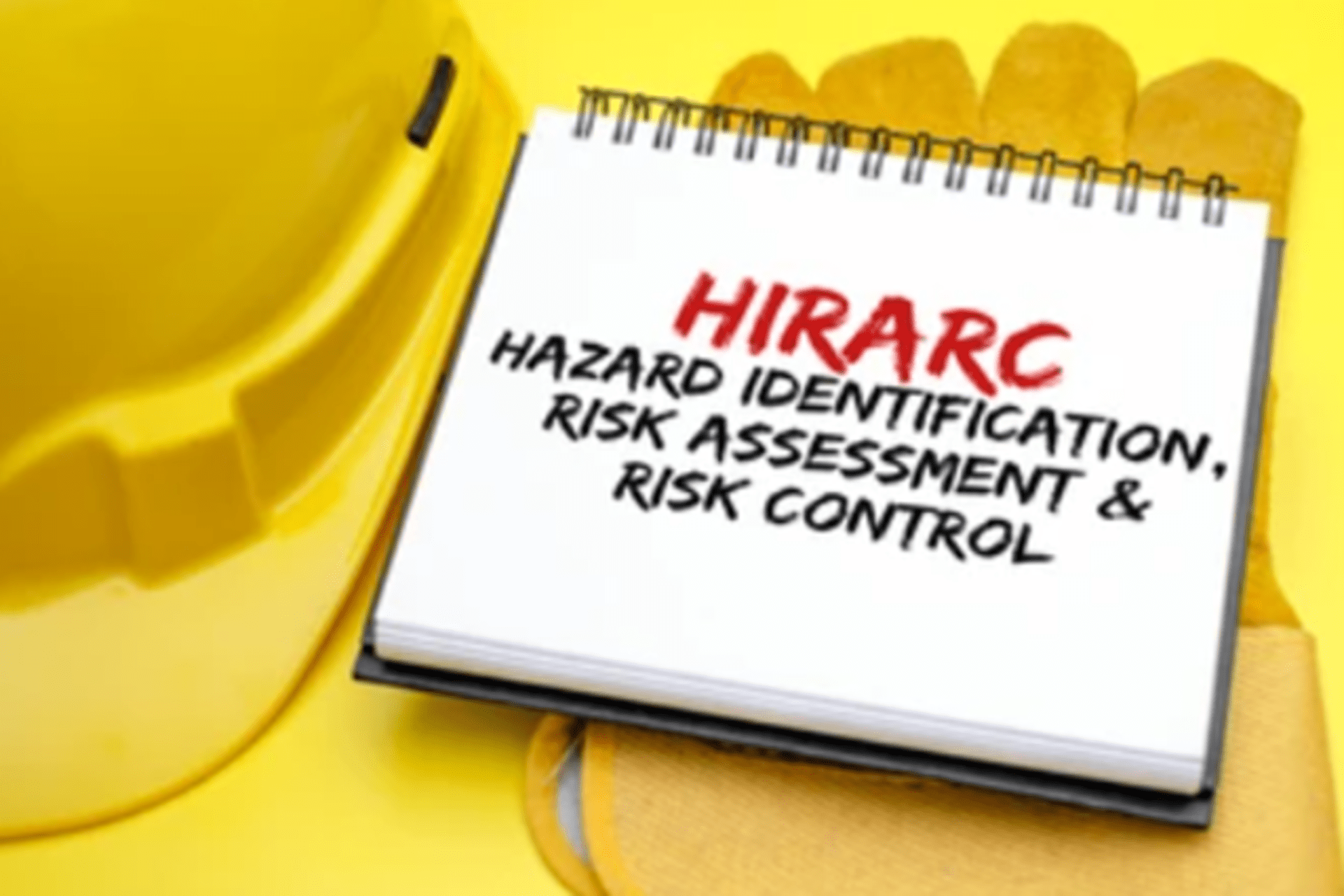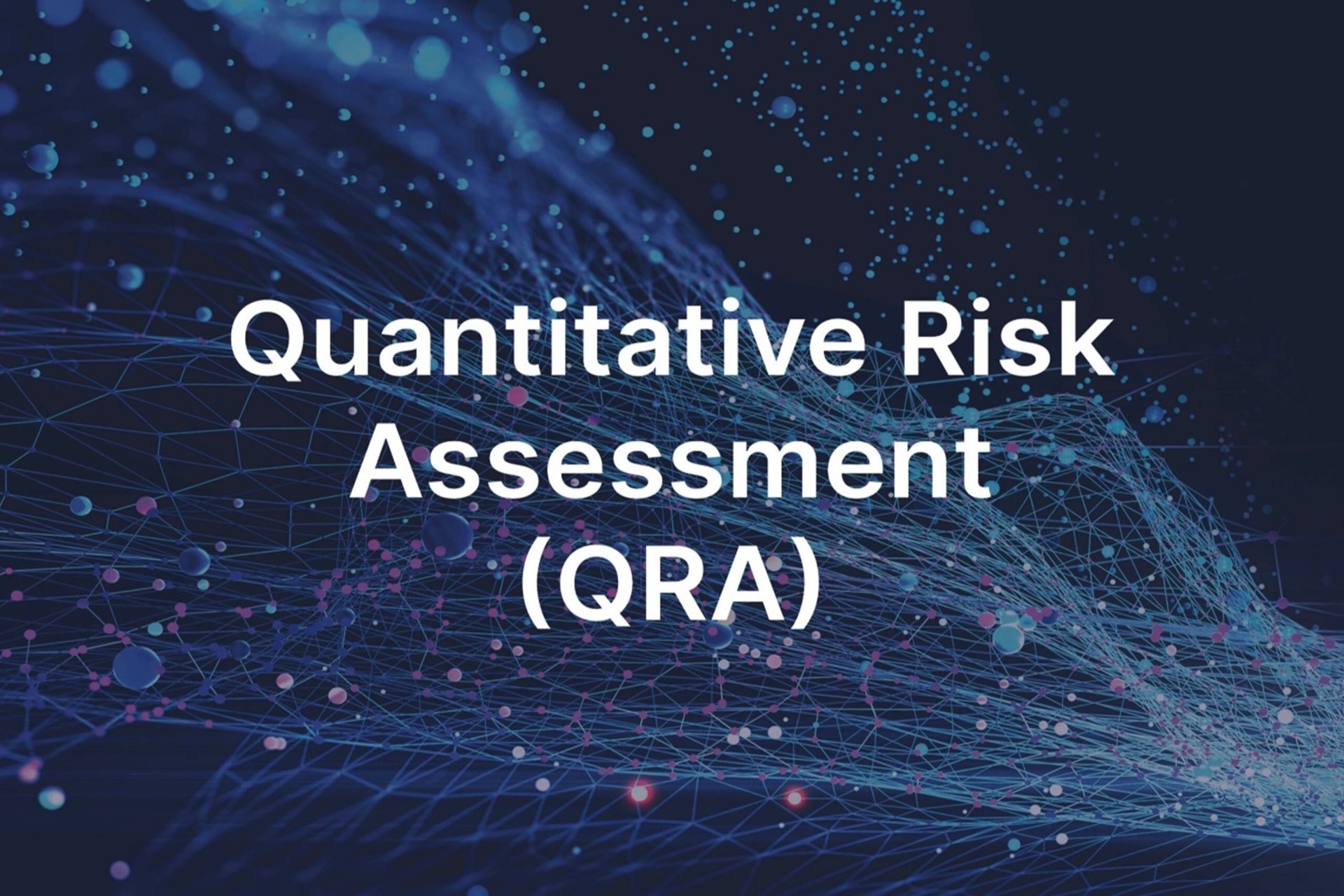
FAQ- HAZARD IDENTIFICATION, RISK ASSESSMENT, AND RISK CONTROL (HIRARC)
The primary goal of Hazard Identification, Risk Assessment, and Risk Control (HIRARC) is to proactively detect potential hazards in a workplace or environment, evaluate the related risks, and apply control measures to reduce or eliminate those risks.

FAQ-SAFETY AUDIT
A safety audit aims to systematically evaluate the effectiveness of safety measures and procedures in a workplace or environment. It identifies potential hazards, assesses current safety protocols, and provides recommendations to improve safety standards and reduce risks. The overarching goal is to ensure a safe and healthy environment for employees, visitors, and the broader community.

FAQ- FIRE LOAD CALCULATION
Fire load calculation is a critical element in fire safety and risk assessment for buildings and industrial facilities. It measures the total amount of combustible materials within a space, helping to determine the potential severity of a fire. For tanks, fire load calculations assess the fire hazard posed by their contents. These calculations are essential for designing fire suppression systems, evacuation plans, and structural fire protection. They also enhance life safety by evaluating the potential impact of a fire on occupants, factoring in fire growth rates and toxic gas production during combustion.

FAQ- FIRE SAFETY RISK ASSESSMENT (FSRA)
The objective of a Fire Safety Risk Assessment is to systematically identify potential fire hazards, assess the associated risks, and implement measures to reduce the likelihood of fires. This process aims to minimize the impact on people, property, and the environment.

FAQ- QUANTITATIVE RISK ASSESSMENT (QRA)
QRA is a systematic technique used to calculate risks from hazardous events. It predicts the consequences of a hazard and the expected frequency of its occurrence. These factors are combined to obtain numerical risk values, often focusing on the risk of fatality. QRA assesses all identified hazardous events, often grouping similar events as representative or bounding scenarios to quantify overall risk levels.
FAQ-EMERGENCY RESPONSE & DISASTER MANAGEMENT PLANS (ERDMP)
The objectives of the Emergency Response and Disaster Management Plan (ERDMP) are as follows: Safeguarding Lives, Environment, and Property: Protect the lives of individuals at the site and in its vicinity, as well as the surrounding environment and property. Containing and Controlling the Incident: Quickly and effectively contain the incident, bring it under control, and restore normalcy as soon as possible. Minimizing Damage: Reduce the impact and extent of damage to lives, property, and the environment. Rescue and Treatment of Casualties: Prioritize the rescue and medical treatment of those affected by the incident. Assisting in Evacuation: Support district administration in safely evacuating people from affected areas to safe zones. Providing Welfare Assistance: Offer necessary welfare assistance to those affected by the incident, particularly casualties. These objectives guide the development and implementation of an ERDMP to ensure a structured and effective response to emergencies.




